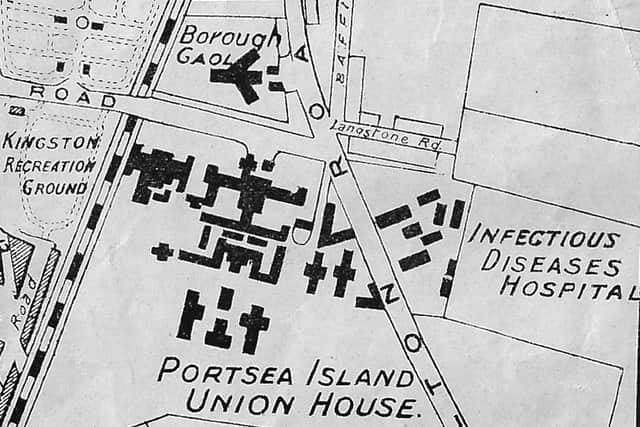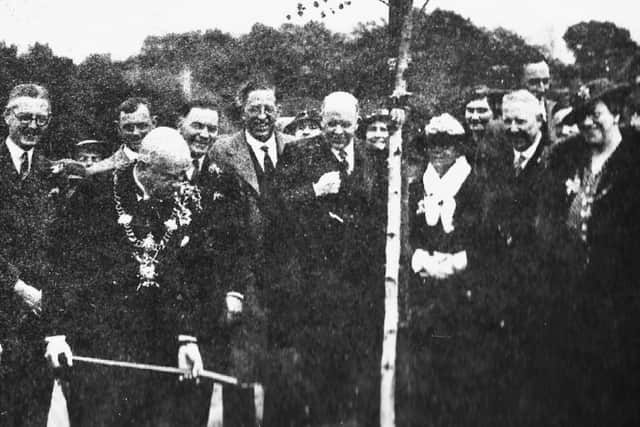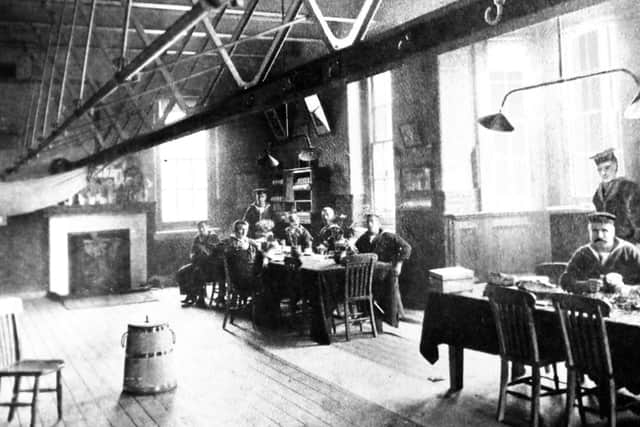Portsmouth’s Eastern Road used to be a racing track – Nostalgia


A tablet was unveiled on the bridge over the railway by the Lord Mayor, followed by a luncheon. The total cost of the road was £312,789.
Although the photograph, right, looking north to the railway bridge, is captioned as the opening ceremony, the road looks a little rough to me and appears to be asphalt.
Advertisement
Hide AdAdvertisement
Hide AdThere are many now living in the city who would have no idea that we once had a infectious diseases hospital. It was alongside Milton Road to the north of Milton Cemetery.


It opened in 1883 and was sometimes known as Milton Hospital until 1934.
From 1960 it was known as Priorsdean Hospital, and in 1967 was absorbed into St Mary’s Hospital, becoming the east wing.
The hospital closed in the 1990s and houses were built on the site.
Advertisement
Hide AdAdvertisement
Hide AdAcross Milton Road was Portsea Island Union House, although it was actually a workhouse. The proper address was St Mary’s Road. It was opened in 1846 after the original buildings in Old Portsmouth and Landport closed down.


Much of the original buildings remain and have been turned into residential use.
To the north was Kingston Gaol, below left. It was built in 1877 and over the years was used as a borstal. During the war it was a police station.
After capital punishment was abolished in 1965 the prison was used to hold inmates on life sentences. It later became the only prison in England and Wales to hold elderly prisoners serving life sentences.
Advertisement
Hide AdAdvertisement
Hide AdIt must have been one of the few prisons to have its own football pitch – where I refereed on several occasions. Of course, the prison team only ever played at home.


It closed March 2014.
In days past when Portsmouth did things in a big way there was a Coronation tree planting ceremony on Portsdown Hill and along Copnor Road to celebrate the Coronation of King George VI in 1937.
Councillor F.J. Spickernell can be seen doing the honours on Portsdown Hill, below right. Does anyone know if these trees survive?
The picture, on the opposite page, shows the sleeping arrangements for petty officers at the barracks in Queen Street, Portsea.
Advertisement
Hide AdAdvertisement
Hide AdThey slept in their living area, called a mess deck, in hammocks slung between heavy duty joists. One can be seen on the left.
This form of sleeping on ships ceased in the 1960s. I am told that they were very comfortable, especially if a ship was in stormy weather when the sailors would be rocked to sleep.